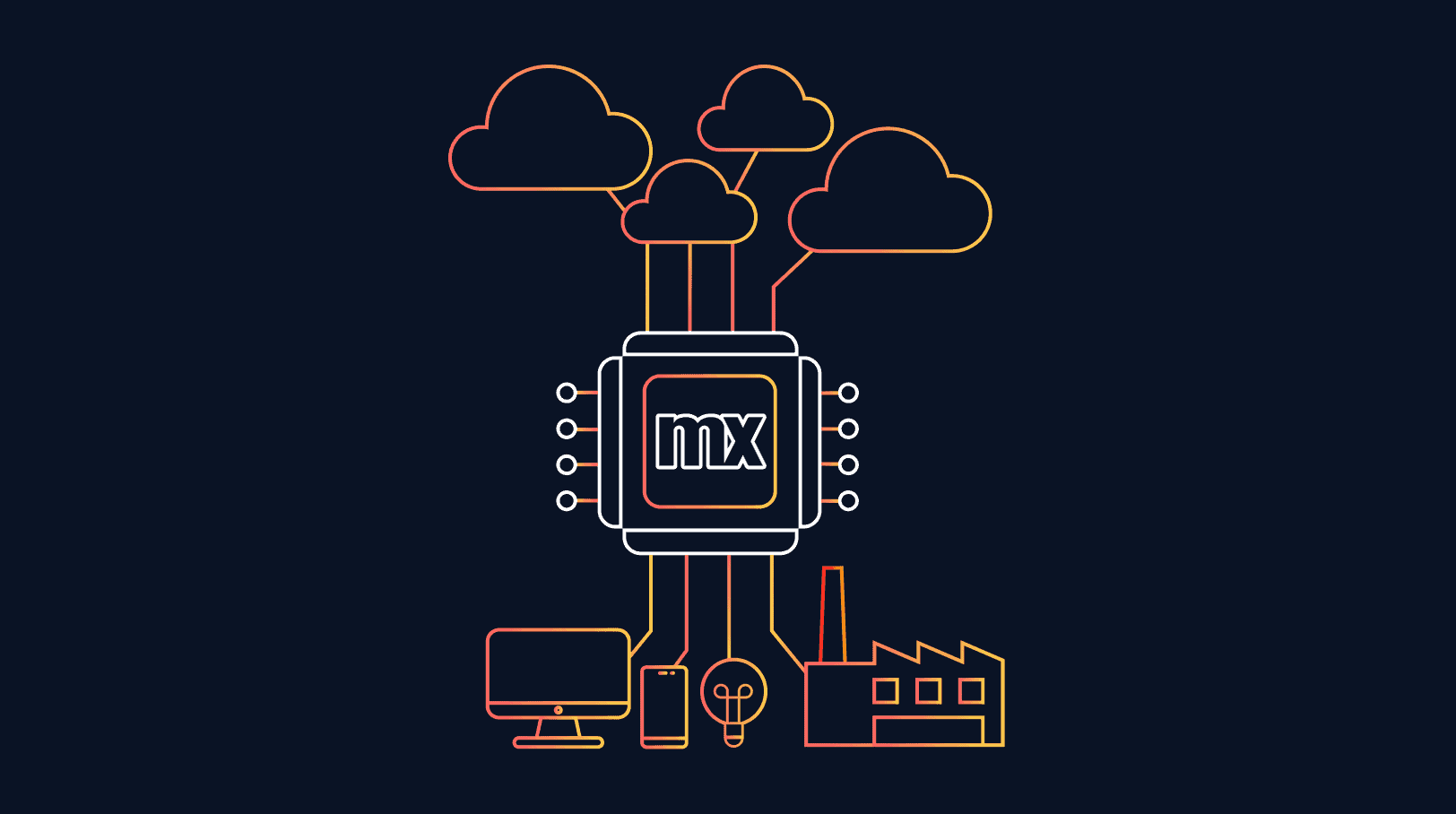The Industrial Internet of Things (IIoT, also sometimes referred to in manufacturing as “Industry 4.0”) networks and interconnects physical objects, allowing them to become cyber-physical systems. According to McKinsey, this merger of the physical and digital worlds could generate up to $11.1 trillion per year in economic value by 2025.
Low-code app development, in conjunction with edge devices and the edge platforms that orchestrate those devices, can play a significant role in helping manufacturers unlock that value.
What are edge devices, and what is low-code?
Edge devices are network devices with local compute and storage capabilities that can securely transmit data between local networks and the cloud. Cloud connectivity allows manufacturers to manage runtime, firmware, and software for large numbers of edge devices in the field from a central point of control. Edge devices are typically located in production environments. As gatekeepers between the information technology (IT) and operational technology (OT) worlds, they are critical building blocks in the IIoT landscape and drivers of IT and OT convergence.
Low-code app development is a higher abstraction of traditional software programming. Instead of writing countless lines of code, low-coding is conducted visually and collaboratively, allowing for a much more inclusive way of building and evolving software. This empowers manufacturers to close the gap between business and IT.
With Mendix, low-coding also means multi-experience and composability. Leading manufacturers are using Mendix to modernize and extend large, monolithic systems of record by adding the right “experience” layer on top, tailored to the needs of specific personas. New functionalities can be composed with self-built or marketplace-sourced building blocks. All this allows manufacturers to keep generating ROI from investments while still meeting urgent requirements for innovation.
Is low-code app development ready for edge devices?
If you can run containerized software on an edge device, then you can run low-code apps on it. Many manufacturers today sorely lack software that fits the needs of their factories and employees on the shopfloor. With the right low-code platform and design patterns, a manufacturer can finally build or source custom and fit-for-purpose apps to run near their production, eliminating the limitations of off-the-shelf software and de-risking digital transformation projects.
Pairing the highly adaptive qualities of low-code apps with the industrial-grade security and connectivity of modern edge devices will greatly enhance the value proposition of edge ecosystem players, from edge device builder to solution partner to app provider, all the way to the edge ecosystem/platform orchestrator.
In its Magic Quadrant for Enterprise Low-Code Application Platforms 2021, Gartner highlighted this capability as one of the unique and innovative strengths of Mendix. It noted that “Mendix continues to provide advanced enterprise low-code capabilities that benefit new use cases, such as the Internet of Things and digital twins.” The Siemens Industrial Edge, for example, is ready to publish Mendix-built apps into edge devices, with publicly available documentation and live running examples at factories operated by Siemens and its customers.
Which edge scenarios can benefit from low-code app development?
Edge and low-code platforms complement each other exceptionally well, as they both bring scalability and standardization into the brownfield reality of shop floors. Modern factories should opt for a healthy mix of cloud and edge technologies to address concerns about cybersecurity, latency, and data transmission cost. Low-code can be used to build edge apps with a better fit for purpose and in an agile way.
Mendix has seen manufacturers using low-code on Siemens Industrial Edge devices to:
- Process data near the source before passing it on to the cloud to run data analytics or machine learning models, thereby reducing the cost of data transmission and storage.
- Connect disparate OT and local IT systems with the help of Mendix and Siemens Industrial Edge connectors, providing a unified view that helps operators and shopfloor managers make better and faster decisions.
- Build intuitive apps with superior user experience, visualization, and mobile device capability, thereby increasing operator safety and productivity. This also allows manufacturers to enhance the value of their existing legacy systems.
- “Democratize” specialized expert software (e.g., simulation and engineering software), and make it accessible to a much wider user group in factories.
Maximize the benefits of low-code on the edge
Although manufacturers may be aware of the benefits of low-code versus traditional development for enterprise IT applications, they may be less familiar with its use cases for the edge. Low-code is no longer considered a toy for enterprises. Manufacturers are rapidly adopting low-code to achieve competitive differentiation. Edge computing and edge ecosystems will unleash the next level of cloud-enabled innovation. Manufacturers who adopt the right platforms for low-code and edge and understand how to apply both in combination will stay ahead of the curve.
